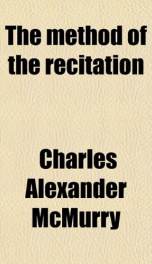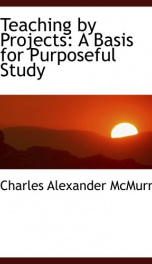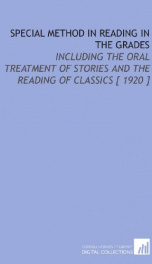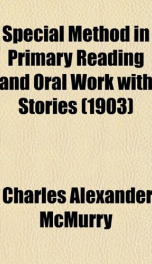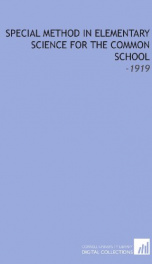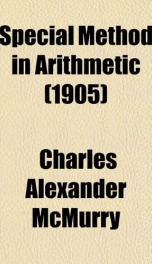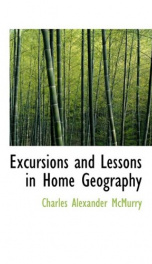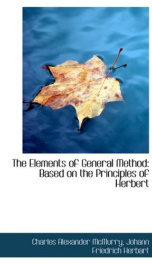special method for history and literature in the common schools
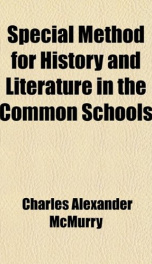
Purchase of this book includes free trial access to www.million-books.com where you can read more than a million books for free. This is an OCR edition with typos. Excerpt from book: PIONEER HISTORY STORIES. FOR FOURTH AND FIFTH GRADES. After gaining an introduction to the wonder stories of early European history in the third grade, we find in our own early history suitable material for the fourth and fifth grades. Our first American history also belongs to the heroic age. It was the blossoming time for deeds of individual heroism. But it is practical and real. The old heroes of mythical times had to do with monsters and demi-gods. or with the huge forces of nature in uncouth personification as Polyphemus, Scylla, and Charybdis. The heroes of this new world had more real and tangible hardships. Mountains, forests, rivers, stormy oceans, wild beasts, and Indians, and other untold hardships and distresses of people far from their sources of supply. In the first and second grades we found a striking contrast between the fanciful fairy tales and Robinson Crusoe's experiences. One transcends the laws of nature, the other is held in absolute subjection to them. The same contrast stands out between the stories of the mythical age and the pioneer histories. The early explorers and settlers of our land first discovered and opened up its vast stretches of forest, mountain, and desert; then struggled manfully against savage difficulties togain possession of its soil, and finally labored slowly and painfully to build houses, roads, villages, and all the later institutions of culture. It can hardly be said that our history stories can be used to advantage before the fourth grade, but for children of this age they are well adapted. It is not uncommon to find history stories in use in the first and second grades, and some even of our kindergartners employ the stories of Columbus and of Washington and of others with still younger children. They claim also that muc...
Info about the book
Author:
Series:
Unknown
ISBN:
0804725772
Rating:
2.5/5 (3)Your rating:
0/5
Languge:
English
Users who have this book
Users who want this book
What readers are saying
What do you think? Write your own comment on this book!
write a commentif you like special method for history and literature in the common schools try:
Do you want to read a book that interests you? It’s EASY!
Create an account and send a request for reading to other users on the Webpage of the book!
